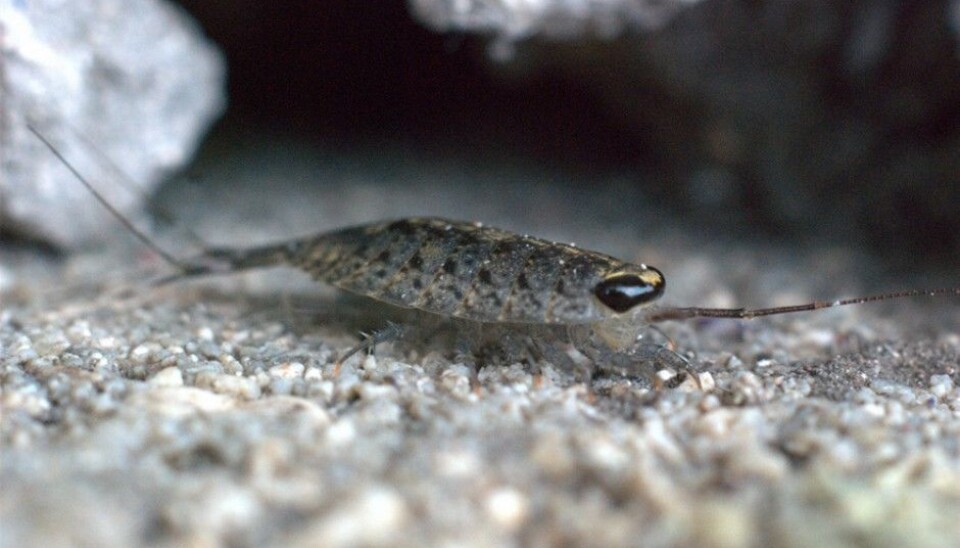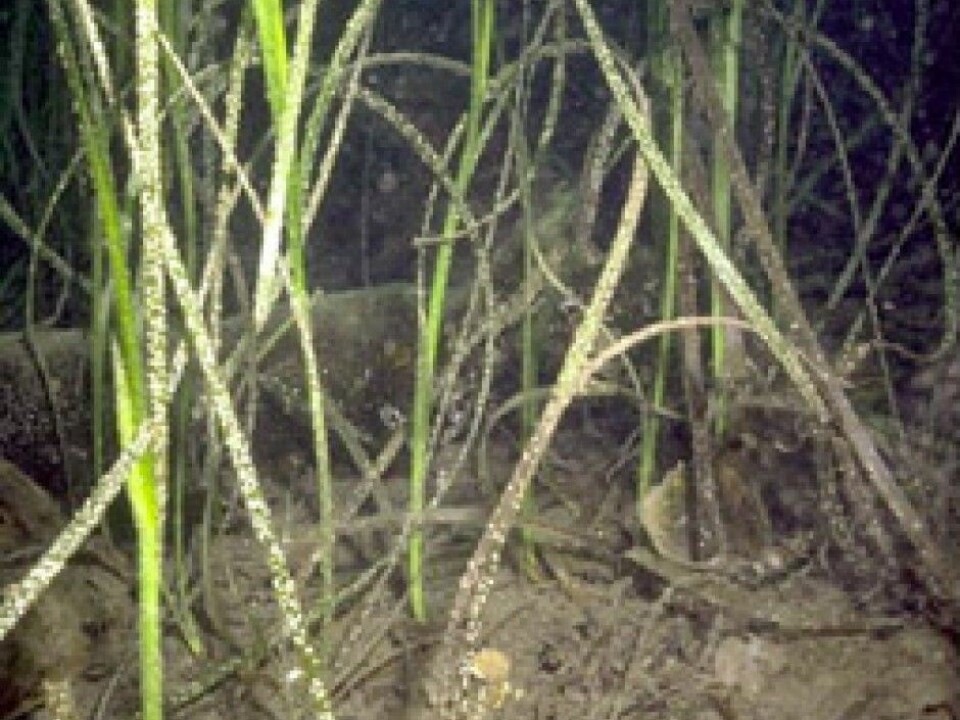
Tiny creatures can save underwater meadows
A thriving population of amphipods and isopods are important contributors to the survival of eelgrass. The tiny crustaceans graze on algae that threaten the plants.
The common green “grass” on the seabed – eelgrass – is a vital home for a host of marine species. But it is threatened by algae.
A recent international study provides a clue toward how to protect these undersea meadows. Sea organisms that eat the algae help the plants survive.
Effective cleaning
Algae is certainly a nuisance for swimmers but for eelgrass it poses a threat of death.
Eelgrass gets insufficient sunlight when algae form blankets on the surface of the water.

Fortunately, algae are the favourite food of some. Amphipods, isopods and snails have a feast on thick algae blooms.
The new study shows that the health and survival of eelgrass hinges on a strong biodiversity, including such creatures.
“Systems involving many different grazing species work the best. They make for an effective cleaning service,” says Per-Olav Moksnes in a press release. He led the Swedish part of the study.
Norwegian researchers have also participated in the project, which involved 15 eelgrass sites in Europe, North America and Japan.
Fertilisers less of a factor
Eelgrass is commonly found on the Norwegian coast and many other parts of the world. (Photo: Ronald C. Phillips, Wikimedia Commons)
One of the reasons why fields of eelgrass have been disappearing is a decline in populations of these hungry crustaceans and snails.
This came as something of a surprise, because many scientists assumed the problem was pollution.
Excessive use of fertilisers in agriculture pollutes watercourses and nutrients find their way into the sea. Local runoffs from farms near the coast contribute even more directly to algal blooms. But researchers have now found that the diversity of grazing sea creatures had at least as big an impact on algal growth.
They discovered through controlled experiments comparing the respective effects of removing these tiny creatures or adding nutrients to the water. Such pollution by nutrient fertilisers had less of an effect on algae blooms than the removal of the animals.
The various places they studied were known to have disparate natural compositions of species, but the findings tally well with conclusions from smaller experiments on eelgrass conducted in more controlled and neutral milieus.
Wanting the algae grazers back
The scientists involved recommend that authorities focus more on biodiversity in the oceans. The balances in the food chain have to be disrupted as little as possible.
For instance, the algae eaters are being overconsumed by small fish in the waters between Southern Norway and Southern Sweden. There are more of these small fish around because the bigger fish that prey on them, such as cod, are taken by fishermen.
This means that the solution to the preservation of eelgrass is not simply to crack down on nutrient pollution by fertilising less, explains Per-Olav Moksnes at the University of Gothenburg.
“We also have to make sure the algae grazers make a comeback,” he says.
--------------------------------------------
Read the Norwegian version of this article at forskning.no
Translated by: Glenn Ostling






























